Movement Can Be Challenging
Today’s diet culture is fuelled by unrealistic ideals of body image. Everywhere we turn, we see heavily edited posts of “ideal” body shapes, “what I eat in a day” videos, and “miracle” exercise routines. As a result, exercise may not be seen as a daily activity to improve our well-being, but instead as a means to an end.
Using exercise to change our bodies can brew an incredibly negative relationship with exercise and body image. We can find ourselves in exercise environments where we compare ourselves to others, isolate ourselves, and get sucked into a number-focused activity that breeds negativity and burnout.
This is not safe, nor is it helpful to us. In this diet-culture-driven world, it is important to log off and take the time to nurture a more positive relationship with movement.
Here are some factors to consider while working through our relationships with movement:
Intention
Each time we workout or exercise, there is an intention associated with it. This intention does not have to be motivated by weight loss or body image. There are many reasons to exercise. For example, we may be interested in improving our overall well-being, mental health, or sleep quality. When we go to exercise, we can check in with ourselves and take note of the intention behind our workout:
- Is my intent to change my bodily aesthetic through this workout?
- Is my intent to move my body because it feels good?
- Is my intent to enjoy myself with peers in an active environment?
- Is my intent to compensate for past behavior (a binge, a food bringing up feelings of guilt, etc.)?
Environment
We can nurture a positive relationship with exercise in an environment that makes us feel safe. For some, a group environment such as group yoga, dance, or a Pilates studio is appealing due to the supportive, social environment. For others, a walk in nature away from number tracking and other bodies to compare themselves to feels better.
No one environment is best. We get to decide what feels best for us. When considering what environment feels best, here are some things we can reflect on:
- Would this activity feel safer in a group setting or an individual setting?
- Would I rather be doing this workout inside or outside?
- Would some music, a podcast, or a TV show be a good way to keep my mind on something other than numbers?
Check in with your body
It is incredibly important to listen to our bodies when we are exercising. For some of us, stopping before we reach a certain benchmark in our workout (amount of weight lifted, calories burned, time elapsed, amount of sweat produced, etc.) can be triggering and uncomfortable. However, our bodies do not work on a benchmark basis, and they know when it is an appropriate time to stop.
Our bodies will communicate when they have had enough:
- Is my body shaking?
- Is my body in pain?
- Am I feeling lightheaded?
- Do I feel like I need to stop and rest?
These are all signs that it is time to stop. We know our bodies best. It is important to be honest with ourselves and stop when we are tired. Working out past the point of exhaustion does not breed a positive relationship with exercise, and can lead to burnout and negative feelings about movement.
Check in with your mind
Our mindset is also very important when we are exercising.
It is common that certain workout environments or specific exercises can brew negative self-talk, feelings of shame, and isolative habits. We do not want this to be a part of our relationship with exercise.
While we are working out, we can pay attention to our thought patterns and consider strategies that may help alleviate a negative mindset. For example, could a particular environment help? Is there a distraction that may be helpful, like a show or some music?
Conclusion
Nurturing our relationship with movement is incredibly important for our well-being.
A positive relationship with movement does not form overnight. As we navigate through our movement journey, we can remember to be mindful of our intent, environment, bodies, and thought patterns during exercise. It will take time and practice to begin implementing these strategies, and that’s okay. We can practice self-compassion during difficult times.
What is most important is that we stay true to our values and place ourselves in an exercise environment that feels good.
How Change Creates Change Can Help
We are here to help. If you or a loved one are in need of support, we encourage you to book a free consultation call with us to learn more about how we can provide support during eating disorder recovery.


